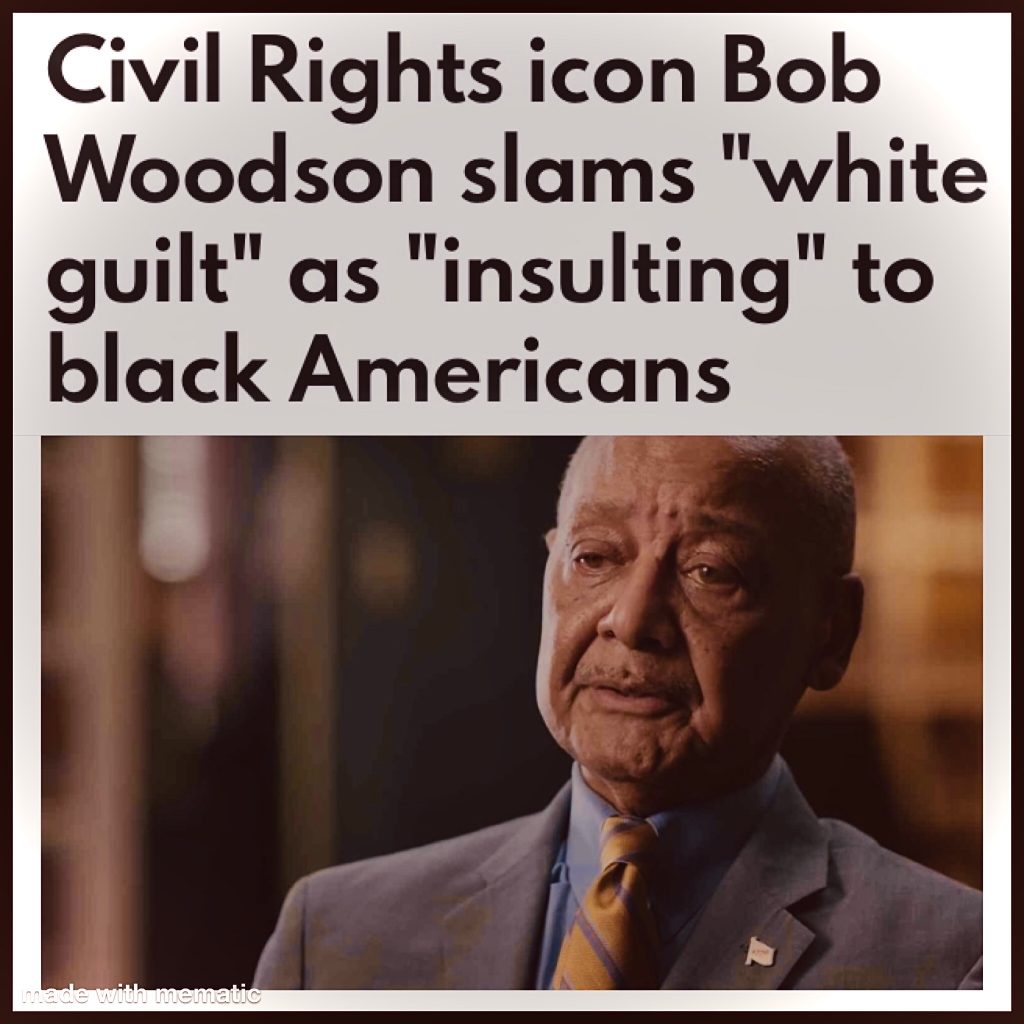In the Spotlight
Updated:

Banning CRT from schools will actually prevent students from fully understanding its weaknesses.
Let me be clear about one thing up front: I think critical race theory is nonsense. Most of its proponents insist that all black people are perpetually oppressed victims, and all white people are our oppressors. This does nothing to move the black community, or our country, forward.
But unfortunately, too many conservatives are dealing with it in a way that is understandable but incomplete. Just as we wouldn’t ban teaching students about communism or fascism, our schools should equip students with the intellectual tools to understand any ideology — including CRT — and decide for themselves what they think about it.
As someone who has spent decades working in the communities that CRT advocates claim to care about, in my view it offers no solution to unsafe neighborhoods, failing schools, or rising crime and homicide rates. Instead, it offers a cocktail of victimhood and hopelessness that never has nor will fix the inequities it claims to address, while lining the pockets of professors and consultants who push it in our institutions. Properly educated students will be able to see this for themselves.
How Did We Get Here?
Rather than arguing over definitions or trying to analyze how CRT is or isn’t related to Marxism, let’s ask a different question. How did CRT — and other race-grievance-oriented lessons, training, and practices — become so widespread, so quickly?
I’m not a historian, but let me offer my own observations as someone who has dealt with race issues for decades. Academics created CRT and related grievance-oriented approaches to race in settings where everyone debates theory and no one has to worry about the outcomes of the practical application of their theories. They start with the assumption that the primary cause of poverty and other problems in the black community is white racism, both individual and systemic.
With a few exceptions, these theories stayed in the theoretical realm until high-profile race-related police incidents between 2012 (the murder of Trayvon Martin) and 2020 (the murder of George Floyd) captured public attention. Just as when television cameras first captured fire hoses being turned on peaceful civil-rights protesters, many Americans were understandably horrified to see smartphone videos of unarmed black men being killed. Suddenly, millions of well-meaning people wanted to “do something” about race. So a plethora of “diversity consultants,” most armed with CRT-based or race-grievance-oriented training, rushed in to meet that demand.
Critical Race Theory Hurts the People It Claims to Help
Trying to analyze and correct disparities between races can be a worthy endeavor, but CRT is like using a chain saw when what you need is a scalpel. Of course, evils such as slavery and Jim Crow have had lasting effects on black communities in America. But suggesting that whites possess all the power to improve the lives of the black Americans who are struggling today is profoundly infantilizing.
For one thing, far too many of these CRT trainings makes things worse, not better. Also, these exercises divert time, energy, and resources from real solutions for the people who actually are suffering. Even if CRT measurably improved white attitudes and actions (which I am far from convinced it does), it would do nothing to reduce violence, build wealth, or improve educational outcomes in the communities that need it most.
At its core, critical race theory is a perversion of the civil-rights legacy that I fought for because it minimizes the ability of each person to shape his or her own future. It bears almost no resemblance to the civil-rights message of great leaders such as Martin Luther King Jr., who envisioned a society in which everyone is treated equally before the law and held to the same standards.
A Better Way Forward
Across the country, a handful of educators and administrators aren’t really teaching kids about CRT; some are applying CRT to curricula as a framework to understand the world. And this is what leads to ridiculous practices such as separating children by race, or teaching that a child (or parent) is privileged or an oppressor.
America is about free competition, including the free competition of ideas. CRT should neither be banned nor implemented as fact; it should, instead, be debated and scrutinized. Banning ideas only teaches our kids either to fear them or become fascinated with them. At the end of the day, critical race theory is just that: a theory. And it should remain solely a theory in our schools. I am confident that anyone who examines it rationally will find CRT severely wanting.
With energy and organizational prowess, parents across the country are getting involved in what their kids are learning. This is great. What if, in addition to learning about CRT, students learned about how the black community came to its own rescue throughout American history by resisting oppression and building our own institutions and supporting one another? Then they could decide for themselves whether whites hold the power to doom black Americans to everlasting victimhood.
The Woodson Center’s 1776 Unites free high-school curriculum tells America’s stories of black excellence and achievement without glossing over the suffering. Our lessons equip educators to teach students about little-known black Americans — many of them ordinary people — who triumphed over adversity and made invaluable contributions to our country’s development: from Crispus Attucks, the first American patriot to fall in the Revolutionary War, to Elijah McCoy, whose inventions and patents were so crucial to the budding American interstate railroad system that buyers demanded the “Real McCoy,” and not his competitors’ inferior imitations. In addition to the horrors of slavery and Jim Crow, shouldn’t students learn about Garrett Morgan, who invented the Three-Light Traffic Light in 1923, or Frederick McKinley Jones, who invented refrigerated trucks in 1940? Or Lewis Latimer, who created the longer-lasting carbon filament for light bulbs?
These lessons are more than theories: They are testimonies of black American resilience and triumph that illustrate what is possible for all Americans.
The grassroots neighborhood leaders that I work with consistently demonstrate that people and communities — not outsiders — are the best agents of their own uplift. Solutions lie in the same zip code as their problems. That’s why the Woodson Center is currently expanding our work in lower-income communities to effectively address poverty, crime, and other social problems through local leaders and their mediating institutions. Where CRT offers only empty promises, our grassroots leaders deliver.
When we are at our best, Americans are problem-solvers. We may debate theory in our classrooms, but then we get out into the real world and figure out what works. CRT doesn’t work. So instead of banning it, encourage students to hold its prescriptions up to practical real-world challenges and those who overcame them. Once students understand where real progress comes from, CRT will have no power.
Fighting Critical Race Theory: A Better Way | National Review




